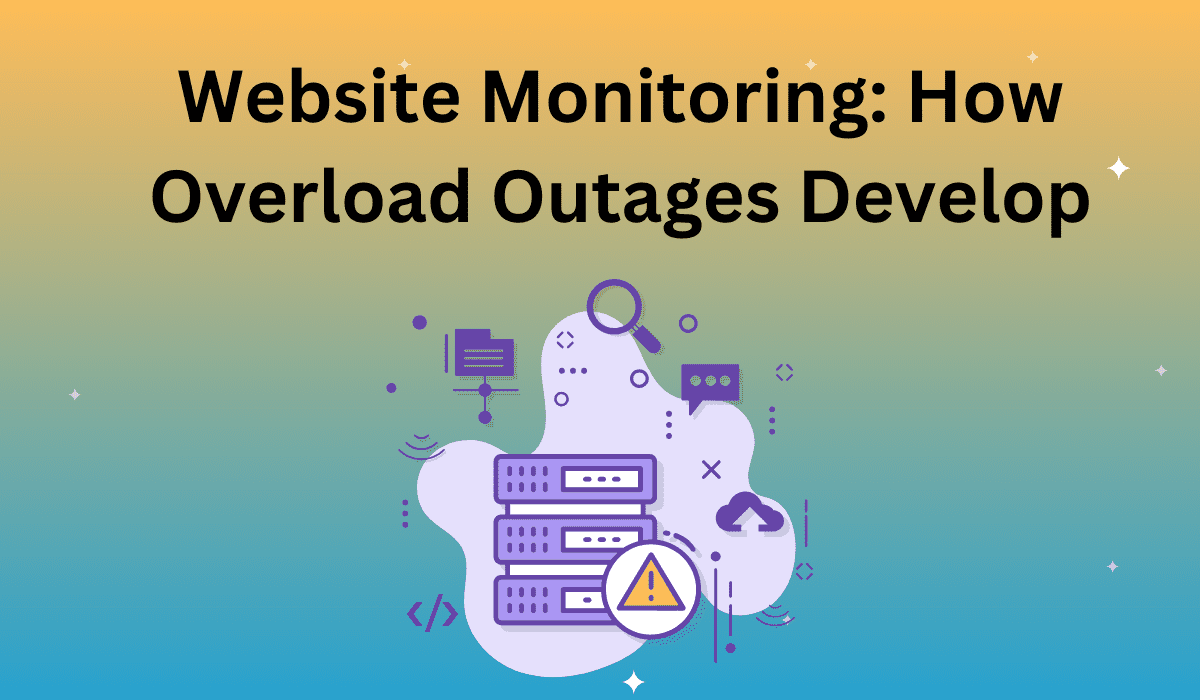Mobile application overload outages quickly eat into your business’s bottom line. The right preparation, load testing, and monitoring can help your business keep an eye on both existing and potential traffic trends to predict outage risks. Outages from overloads are not usually random or unpredictable, and can typically be avoided if your business knows how to act on the telltale signs.
Server Overload Causes
- Bad Code: An error in the programming that hurts optimization means the servers have to do more work to accomplish the same job, decreasing user capacity.
- Too Much Traffic: Servers can slow to a crawl or even crash if the number of requests over time outpaces the infrastructure’s capacity to respond.
- Server Scaling Problems: Web platforms rely on both application and database servers that have their own independent resources; changes in traffic and user behavior only need to overwhelm one of the two to cause an outage. Both require upgrades at different access level rates.
It Starts in the Server Queue
Website traffic doesn’t come in all at once or in a steady flow. It comes in bursts. Servers are able to manage this unsteady flow by placing requests in a queue and addressing them as resources are available. This helps the server work through the busiest traffic influx moments by shifting the work to a less active time, meaning a normal queue length spike should be followed by an immediate drop in normal function.
When a server is overloaded, or when it’s running an application with new code featuring optimization errors, the size of this queue will start to hit higher peaks. If the server has enough power to address the work increase, the queue size will work its way back down over time. A queue that won’t stop growing is an indication of an immediate failure, whereas a queue that stays at a high level for a prolonged period of time indicates there could be problems down the line.
Response Times Tell Tales
Uptime monitoring lets your business know how long it’s been since your platform had an outage, which is helpful for identifying existing problems. Response time, on the other hand, provides insight into how failures develop. More specifically, response time measures the approximate time it takes the server to respond to an action request from a user, which remains fairly consistent over normal use (with small bumps during heavy access times).
Consistent increases in response times are an indication that the server infrastructure will get overloaded if demand continues to increase. In a partial service interruption, the server is no longer able to address incoming requests in a timely manner, so response times dramatically increase. An overloaded server may start to reject additional requests or be consumed by the workload and crash, bringing the response time to zero.
Monitoring and Proactive Solutions
Website monitoring and load testing are both effective ways to anticipate and manage such incidents. These tools keep an active eye on website and application platform performance, test your infrastructure to determine peak capacity, and provide the necessary information to devise a scaling strategy to address traffic demands. Find out more about how your business can prevent outages by contacting Apica today.










